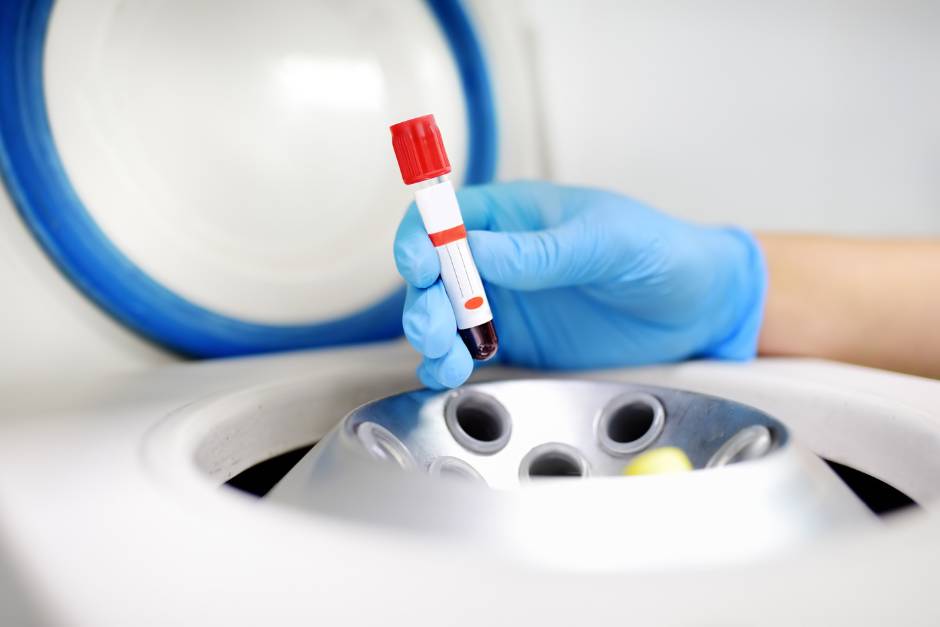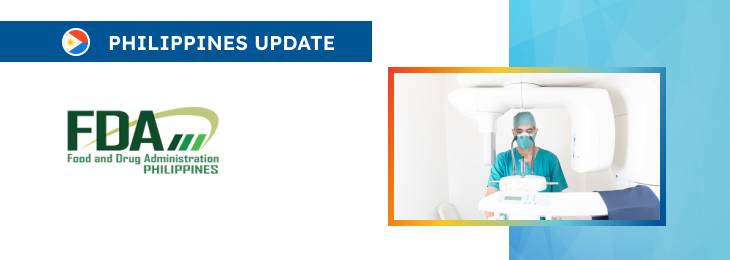The article highlights the critical points of the regulatory approach concerning specific medical devices intended to be marketed and used in the Philippines.

Table of content
The Food and Drug Administration (FDA), the Philippines’ regulatory authority in the sphere of healthcare products, has published a draft guidance document dedicated to the extension of the regulatory flexibility for Class B, C and D medical devices that are not included in the list of registrable medical devices based on FDA Circular No. 2020-001-A.
The document provides an overview of the existing legal framework, as well as additional clarifications and recommendations to be taken into consideration to ensure compliance with the applicable regulatory requirements.
At the same time, provisions of the guidance are non-binding in their legal nature, nor are they intended to introduce new rules or impose new obligations.
Moreover, the authority reserves the right to change the guidance and recommendations provided therein, should such changes be reasonably necessary to reflect corresponding amendments to the underlying legislation.
It is also important to mention that the present document constitutes a draft version of the guidance initially published during public consultations to obtain feedback from the key stakeholders.
Regulatory Background
First, the authority mentions that a series of circulars have been issued, extending regulatory flexibility for Class B, C, and D medical devices not previously listed as registrable.
The present guidance provides a detailed analysis of the regulatory adjustments, objectives, scope, definitions, guidelines, and legal provisions about these devices, as outlined by the FDA.

Rationale
It is essential to mention that the issuance of FDA Circular No. 2021-002-A on August 9, 2021, was a significant step towards fully implementing Administrative Order No. 2018-0002.
This circular provided essential guidelines for obtaining a Certificate of Medical Device Notification (CMDN) and a Certificate of Medical Device Registration (CMDR) for specific medical devices.
However, recognizing the potential negative impact on the medical device supply market, subsequent circulars, namely FC No. 2021-002-B and FC No. 2021-002-C, introduced regulatory flexibilities.
These adjustments were designed to prevent disruptions in the availability of vitally important medical devices by extending deadlines for CMDN and CMDR applications, allowing the industry more time to comply with regulatory requirements.
Objective
The primary goal of the latest circular is to outline the continued extension of regulatory flexibility for the medical devices specified in Section III.
This initiative aims to facilitate the medical device industry’s compliance with the ASEAN Common Submission Dossier Template (CSDT) requirements for CMDR applications, ensuring uninterrupted access to critical medical devices by healthcare professionals and patients.
Scope
As explained by the authority, the circular applies to all Class B, C, and D medical devices not listed as registrable under the initial guidelines. This covers a wide range of devices, reflecting the FDA’s commitment to maintaining a flexible regulatory environment conducive to public health and industry needs.
Definition of Terms
A key term defined in this circular is “Pending Application”, which refers to applications that have successfully passed the pre-assessment stage and are currently under evaluation for compliance.
This definition provides clarity and facilitates a better understanding of the regulatory process.
Guidelines
The guidelines outlined in the circular include provisions for the continued manufacture, import, export, distribution, and sale of the specified medical devices without a CMDN until September 30, 2024.
Additionally, the circular outlines the acceptance period for CMDN applications and the transition to CMDR applications starting October 1, 2024.
Importantly, it mandates that all relevant entities must apply for a CMDR for their products, highlighting the authority’s commitment to regulatory oversight and product safety.
The circular also addresses the procedures for Market Authorization Holders with expiring CMDNs, ensuring a seamless transition to CMDR compliance.
Legal Provisions
According to the official notice published by the FDA, the circular features a separability clause, ensuring that the invalidity or unenforceability of any part will not affect the validity of the remaining part of the document.
Furthermore, it includes a repealing clause that modifies, repeals, or revokes previous provisions, specifically those outlined in Section V of FC No. 2021-002-C.
Apart from that, the circular specifies its effectivity, detailing the publication requirements and the administrative process for its formal adoption.
Conclusion
The latest circular issued by the FDA represents an important milestone for developing the regulatory framework for Class B, C, and D medical devices not listed as registrable.
By extending regulatory flexibility, the FDA aims to mitigate potential disruptions in the medical device market, ensuring that healthcare providers and patients continue to have access to essential medical devices.
How Can RegDesk Help?
RegDesk is a holistic Regulatory Information Management System that provides medical device and pharma companies with regulatory intelligence for over 120 markets worldwide. It can help you prepare and publish global applications, manage standards, run change assessments, and obtain real-time alerts on regulatory changes through a centralized platform. Our clients also have access to our network of over 4000 compliance experts worldwide to obtain verification on critical questions. Global expansion has never been this simple.

